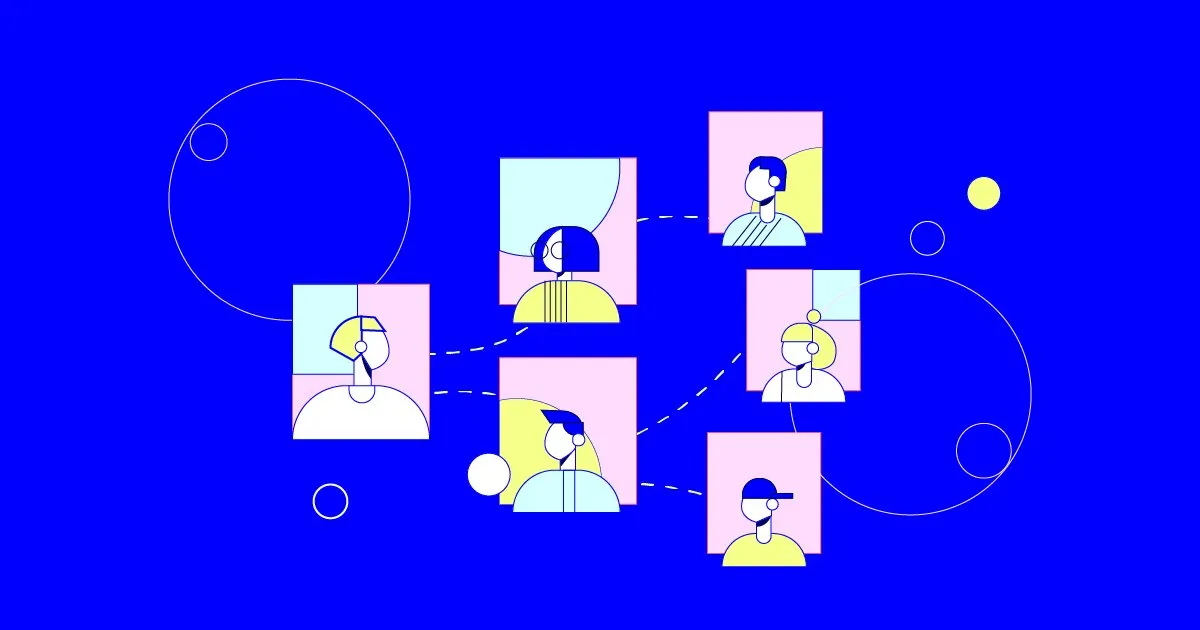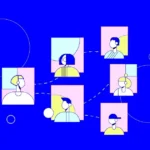In today’s competitive market, customer acquisition can feel like a constant battle. With so many brands vying for attention, standing out and attracting new customers can be challenging. One of the most effective and proven methods to grow your customer base is through a gamified referral program. By tapping into the power of both referrals and gamification, you can turn your loyal customers into enthusiastic brand advocates, all while creating a fun, engaging experience that drives growth.
In this blog, we’ll explore how a gamified referral program can boost customer acquisition, foster brand loyalty, and create a cycle of engagement that benefits both your business and your customers. We’ll look at the psychology behind gamification, why referral programs work, and how to design a gamified referral system that brings real results.
What Is a Gamified Referral Program?
A gamified referral program combines the mechanics of traditional referral marketing with the engaging, motivational elements of gamification. In a typical referral program, businesses encourage existing customers to refer new users in exchange for rewards, discounts, or other incentives. With a gamified approach, however, you add game-like elements—such as points, badges, leaderboards, levels, or challenges—to make the process more fun and engaging.
Rather than just offering a simple referral discount, a gamified referral program encourages users to take part in a more interactive and rewarding experience. Customers aren’t just incentivized to refer—they’re motivated to compete or complete challenges, earning rewards as they level up or reach milestones.
The result? A referral program that not only helps you acquire new customers but also builds a sense of excitement and community around your brand.
Why Gamification Works for Customer Acquisition
Gamification isn’t just about adding fun features—it’s rooted in psychological principles that make it effective at motivating behavior. Let’s break down some of the key reasons why gamifying your referral program can significantly boost customer acquisition:
- Taps Into Human Psychology
Humans are naturally competitive and motivated by rewards. Gamification leverages this by introducing elements like progress bars, badges, and points, which trigger a sense of achievement. These game-like features satisfy the brain’s desire for recognition and accomplishment, making it more likely that customers will participate and refer others.
Think of it like playing a video game. People don’t just want to play—they want to level up. Gamified referral programs give your customers that same feeling of progression, encouraging them to keep referring in order to unlock more rewards, climb leaderboards, and gain bragging rights.
- Fosters Social Engagement
Gamified referral programs can create a sense of community among your users. Many referral programs operate on a “share with a friend” model, but gamification adds a social element that encourages friendly competition and engagement. Customers can share their progress, compare their achievements with others, and invite friends to join the program to increase their own chances of winning.
This social component is crucial because it taps into the idea of “social proof.” People are more likely to trust recommendations and referrals from people they know, and when those referrals come with a sense of fun and challenge, they’re even more likely to engage.
- Boosts Customer Motivation
Offering customers a simple incentive—like a discount for referring a friend—can be effective, but it often lacks the level of motivation needed to generate long-term engagement. A gamified approach, on the other hand, continuously fuels customers’ motivation to participate by offering a variety of rewards and recognition along the way.
By creating a tiered system where customers earn more significant rewards the more they engage, you motivate them to refer others not just once, but repeatedly. Whether it’s earning more points for each referral or unlocking exclusive prizes for top referrers, the gamified approach keeps your customers involved and excited about their progress.
- Creates a Viral Loop
Referral programs have the potential to create viral loops, where each new customer refers even more new customers. Gamification accelerates this process by providing customers with additional incentives to share the program with their friends. As more people join the program and start earning rewards, the community grows, resulting in even more referrals.
When a customer feels like they’re part of an exciting game or challenge, they’re more likely to tell others about it, thereby extending your program’s reach. This organic, word-of-mouth marketing can lead to rapid customer acquisition with minimal effort from your business.
How to Build an Effective Gamified Referral Program
Now that we’ve established why gamified referral programs are so effective, let’s dive into how to create one that maximizes customer acquisition. Here are key steps for designing a gamified referral program that delivers real results:
1. Define Your Goals and Metrics
Before launching your gamified referral program, clearly define your goals. Are you looking to increase the number of sign-ups, boost sales, or raise brand awareness? Your objectives will guide the structure of your program and the rewards you offer.
Next, determine the key metrics you’ll track to measure success. Common metrics include the number of referrals, conversion rate, customer lifetime value (CLTV) of referred customers, and the overall engagement rate with the program.
2. Create Reward Tiers and Levels
One of the core features of a gamified referral program is the use of reward tiers and levels. These give customers a sense of progression and motivate them to refer more friends in order to unlock better rewards.
For example, your program could start with a basic reward (e.g., 10% off a purchase) for the first referral, then offer better rewards as customers refer more people, such as free products, exclusive access, or even entry into a grand prize drawing.
Think of it like leveling up in a game—the more a user refers, the higher they climb on the “leaderboard,” unlocking progressively larger rewards.
3. Integrate Social Features
Make it easy for users to share their referral links on social media platforms, via email, or through messaging apps. Adding social sharing buttons directly into your referral program allows your customers to promote the program quickly and conveniently.
You can also incorporate a “leaderboard” that ranks users based on how many referrals they’ve made. Not only does this add a competitive element, but it also creates visibility for top referrers, giving them recognition and motivating others to climb the ranks.
4. Offer Fun and Unique Rewards
To keep customers engaged, offer rewards that are not only valuable but also fun. You don’t have to stick to the usual discounts or free products. Get creative with unique rewards such as:
- Exclusive access to limited-edition products
- Early access to sales or events
- Personalized experiences or gifts
- Recognition in the form of badges or titles
- Donations to charity in the customer’s name
The key is to offer rewards that resonate with your customer base and keep them coming back for more.
5. Ensure a Seamless User Experience
For your gamified referral program to succeed, it must be easy for users to understand and navigate. Make sure the referral process is straightforward, with clear instructions on how customers can invite friends, track their progress, and claim rewards.
The user interface should be simple and intuitive, with a smooth flow from start to finish. Friction at any point in the process can lead to frustration and drop-off, so keep the experience as frictionless as possible.
6. Monitor and Optimize
Once your program is live, continually monitor its performance. Look for trends in customer behavior, identify areas for improvement, and tweak the program as needed. For instance, users might prefer smaller, more frequent rewards over larger, one-time ones. Or, you may find that certain levels or challenges are too difficult to complete, causing users to lose interest.
Constantly optimizing your gamified referral program will ensure it remains relevant, engaging, and effective over time.
Examples of Successful Gamified Referral Programs
Several companies have successfully used gamified referral programs to boost customer acquisition. Here are a few examples:
- Dropbox: Dropbox’s referral program is one of the most well-known examples. The company offers free storage space for both the referrer and the referred user, with increasing rewards as more people are referred. The competitive aspect of earning more storage space for free encouraged users to share Dropbox with as many people as possible.
- Airbnb: Airbnb uses a gamified referral program where users can earn travel credits for referring friends. The program includes a sense of exclusivity and fun, as users feel like they’re unlocking special rewards by sharing their experiences with others.
- Uber: Uber’s referral program rewards both the referrer and the new user with ride credits. By gamifying the experience with a clear progress bar, badges, and tiers, Uber created a referral program that has been crucial to its viral growth.
Conclusion
A gamified referral program is more than just an incentive—it’s a powerful tool that combines psychology, social engagement, and user motivation to drive customer acquisition. By adding game-like elements such as rewards, challenges, and leaderboards, you can create a referral experience that attracts new customers and keeps your existing ones engaged.
The key to success lies in creating a program that feels rewarding, exciting, and easy to participate in. When done right, gamified referral programs can become a viral engine for growth, helping your business expand while turning your customers into your most passionate advocates.
Are you ready to boost your customer acquisition? Start building your gamified referral program today, and watch as your user base grows through the power of fun, rewards, and friendly competition.







